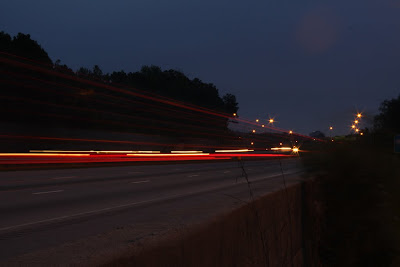I have Bone Anchored Hearing Aids, (or BAHA), to help me hear.
But when I do photography, I turn them off.
I actually like silence.
It causes me to look at the world a bit different through the naturally enhanced visual acuity I've acquired.
But photography is not silent. Every photograph speaks to you, encourages you to keep looking, and just keep looking, one more time.
Image One

Image Two

Image Three

Image Four

Image Five

Bonus Photo -
Merry Christmas from a bright spot in Durham.

* What I've learned: I am still learning (as we all are if we're good) how to be more expressive and my goal in this class was to keep shooting, no matter where I go. I always welcome and appreciate the feedback I've received. I feel I've exceeded my own expectations.
*The Strengths: The challenge is always to "Think outside the Box." My strength is "There is no Box," so the possibilities for creative expression has no limits. I took this farther than I could have anticipated or planned at times, since looking at the composition elements could be varied for the still shots. My camera is my constant companion, as I notice things and keep shooting from different angles and varying the technical aspects.
*Working Harder: There is a finite point, but how you get there can cause you to completely throw away an idea in favor or another more challenging look.
*Changes: Can't change the past, but you can influence the present. I hope this will give a few more people some insight into who I am.
Michael





















